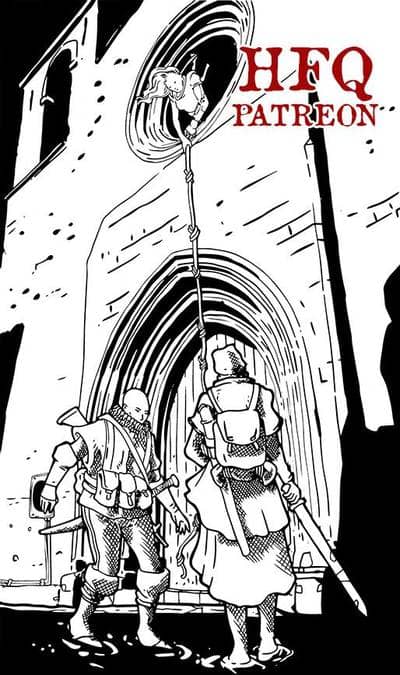Only the Monsters Can Save Us: Claude Debussy meets Godzilla
Nothing can be more exhausting, enervating, overlong, and less worthy of repeat viewings, than a Hollywood summer blockbuster, but these supermovies are often preceded by invigorating trailers that deliver all their best features in a small fraction of the running time. This has never been truer than it is for the new (July 2018) trailer for next year’s Godzilla, King of the Monsters.
Music is the reactor core that powers this remarkable two and a half minutes of commercial cinema salesmanship. The nineteenth century composer Claude Debussy meets the 21st-century kaijū movie in a work noteworthy for both (1) its profoundly affective qualities and (2) the extent to which, as promotion for a Hollywood blockbuster, it’s strictly business. Let’s begin with the affective part.
A world in flames. A military in disarray. A divided family: to the Vera Farmiga character’s husband, she’s “out of her goddamned mind,” and her daughter calls her “a monster.” These are all familiar tropes from the movies, but not from the classic Godzilla movies, where typically the everyday world is more or less functional and well-organized; a world where the monsters enter as a destructive and destabilizing force.
I use “classic” to loosely describe the period from Godzilla’s 1954 debut to the 1970s, where Godzilla‘s onscreen persona evolved from the sheer vengeful malignity of the original Gojira, to a villain set up to be defeated by other, nice monsters, to a more or less sympathetic antihero, in movies in which he came to embody either the benign indifference of the universe, or a friendly giant who would be a welcome guest on a morning kid’s show (if he could avoid crushing the TV studio under his enormous feet).
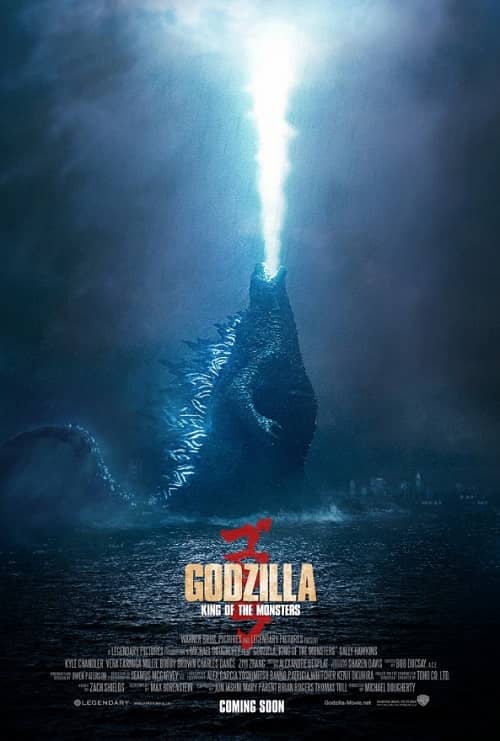
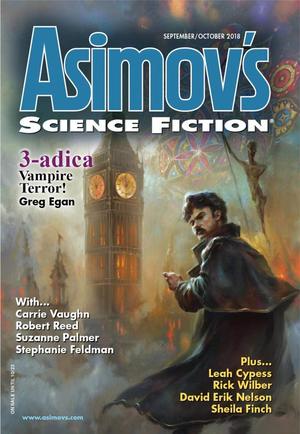
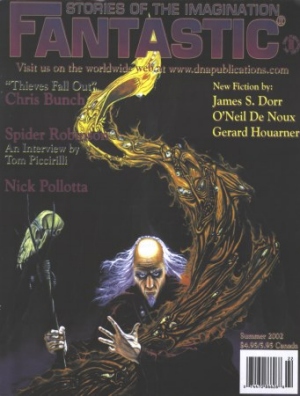
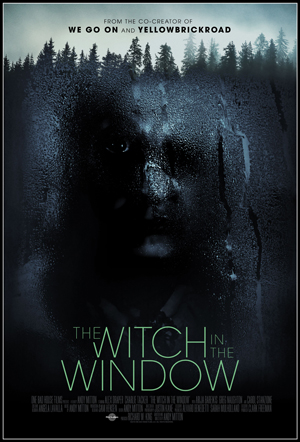 I had two movies to see on Friday, July 29. The first, perfectly fitting the small De Sève Theatre, was The Witch in the Window, a quiet character-centred horror film. The second was another live-action manga adaptation, Ajin: Demi-Human, a fast-paced explosion-oriented semi-super-hero story which fit the larger Hall Theatre as well as The Witch in the Window suited the De Sève. I had certain hopes for both, and in both cases those hopes were wildly exceeded. These are two excellent movies, of very different kinds.
I had two movies to see on Friday, July 29. The first, perfectly fitting the small De Sève Theatre, was The Witch in the Window, a quiet character-centred horror film. The second was another live-action manga adaptation, Ajin: Demi-Human, a fast-paced explosion-oriented semi-super-hero story which fit the larger Hall Theatre as well as The Witch in the Window suited the De Sève. I had certain hopes for both, and in both cases those hopes were wildly exceeded. These are two excellent movies, of very different kinds.
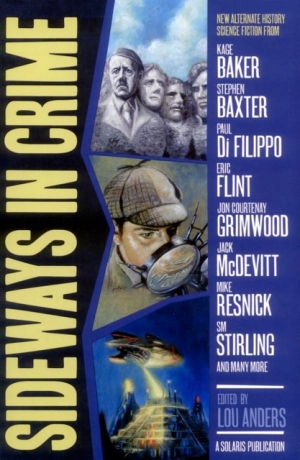
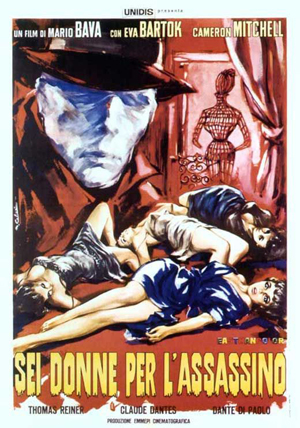 On the evening of Thursday, July 26, I made my way to the Cinémathèque Québécois, well east of the main Fantasia theatres, for a screening of a film classic. Fantasia was presenting Mario Bava’s classic 1964 horror-mystery film Blood and Black Lace (Sei donne per l’assassino). It’s one of the first giallo films, a genre of surreal thriller particularly identified with Italian directors. This was the original 88-minute Italian version, restored by Arrow Films for their recent blu-ray edition of the film.
On the evening of Thursday, July 26, I made my way to the Cinémathèque Québécois, well east of the main Fantasia theatres, for a screening of a film classic. Fantasia was presenting Mario Bava’s classic 1964 horror-mystery film Blood and Black Lace (Sei donne per l’assassino). It’s one of the first giallo films, a genre of surreal thriller particularly identified with Italian directors. This was the original 88-minute Italian version, restored by Arrow Films for their recent blu-ray edition of the film.